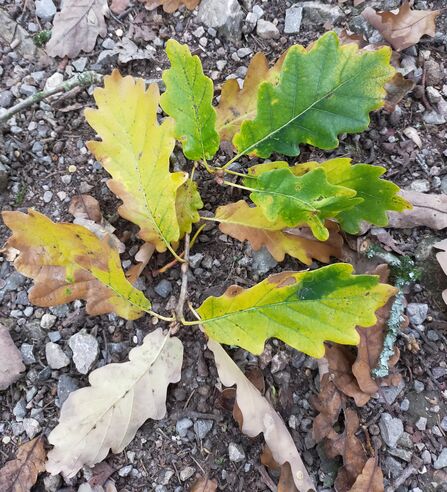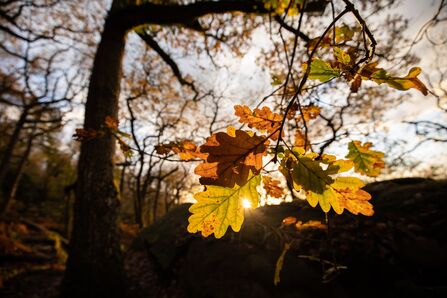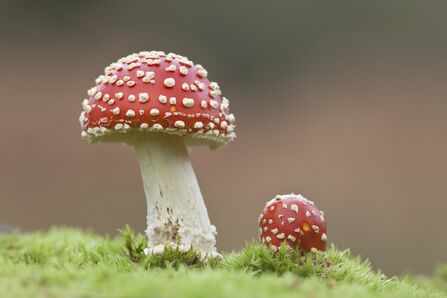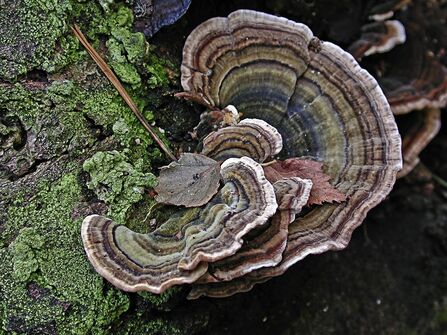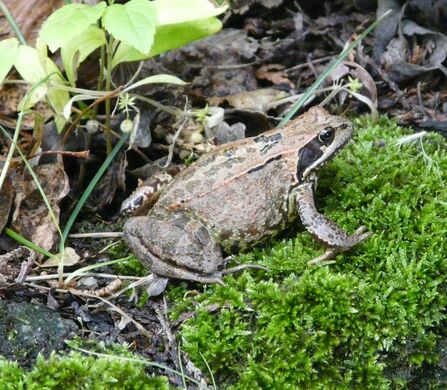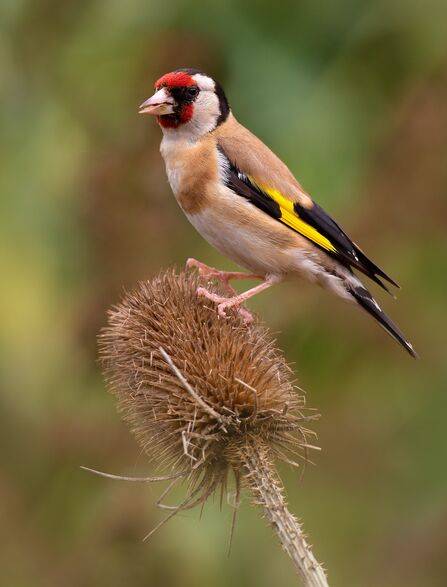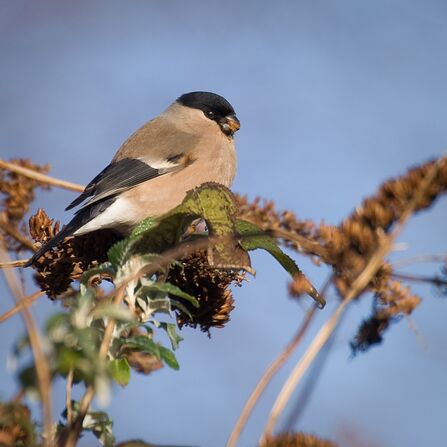Autumn colours in November can be spectacular! But why do leaves change colour and fall?
The different shades of green we see in the leaves of deciduous trees (and most other plants, including the needles of conifers) are created by the presence of ‘chlorophyll’, a green substance that enables trees and plants to manufacture energy in the form of natural sugars – in other words, to make their own food. This process, known as ‘photosynthesis’, is powered by energy from the sun and uses the raw ingredients of water, carbon dioxide from the air and nutrients from the soil.


